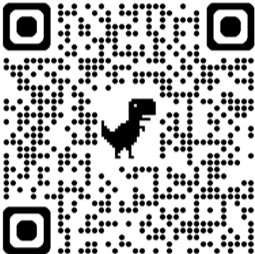Grade 6 Astronomy Crossword Puzzle
A Fast Facts quick review of grade 6 astronomy.
Create multiple-choice games on Wisc-Online and play them on our Chakalaka mobile app!
But that's not all! Explore educational games created by others. Simply search by category or enter agame code number and dive into a world of learning and fun.
Download the Chakalaka mobile app here:

Topics of this game:
- Aristotle and Ptolemy were two early ___ believed that the sun orbited the earth and the earth was the center of the universe.
- He was the first to say that the sun was the center of the solar system and the planets orbited around the sun.
- He was an Italian astronomer who improved the telescope.
- He theorized that gravitational force keeps the planets orbiting the sun.
- This is the shape of each planet's orbit around the Sun.
- The first four planets are the ___ planets because they are closest to the Sun.
- Mercury, Venus, Earth, and Mars are also known as the ___ planets.
- The inner planets are ___ ___ ___ and they are relatively close to each other.
- The four remaining planets are the ___ planets because they are the farthest away from the Sun.
- The outer planets are large and ___, and they are relatively very far apart.
- Pluto is now considered a ___ ___.
- A dwarf planet can revolve around the sun, maintain a nearly round shape, but can't move other objects away from its orbital ___.
- This planet has the greatest temperature range.
- This planet is the hottest planet.
- Venus and Earth are very similar in size so we call Venus Earth's ___.
- Scientific evidence indicates that Earth is about 4.5 ___ years old.
- The period of ___ is one spin on an axis.
- For a planet, one rotation is one ___.
- These are caused by the relationship of the tilt of the earth's axis and its revolution around the Sun.
- The period of ___ is when an object travels around another.
- For a planet, one revolution is one ___.
- This planet has the longest year because it is the furthest from the Sun.
- The shortest day of the year for the Northern Hemisphere is called the ___ ___.
- The longest day of the year for the Northern Hemisphere is called the ___ ___.
- During the summer solstice the ___ Hemisphere is tilted towards the Sun.
- During the winter solstice the ___ Hemisphere is tilted towards the Sun.
- The Northern and Southern Hemispheres have ___ seasons.
- This is when the length of day and night are equal. They are the first day of fall and spring.
- We see different phases of the moon because of its revolution around Earth.
- The moon takes the ___ ___ to rotate and revolve around Earth.
User comments are currently unavailable. We apologize for the inconvenience and are working to restore this feature as soon as possible.

